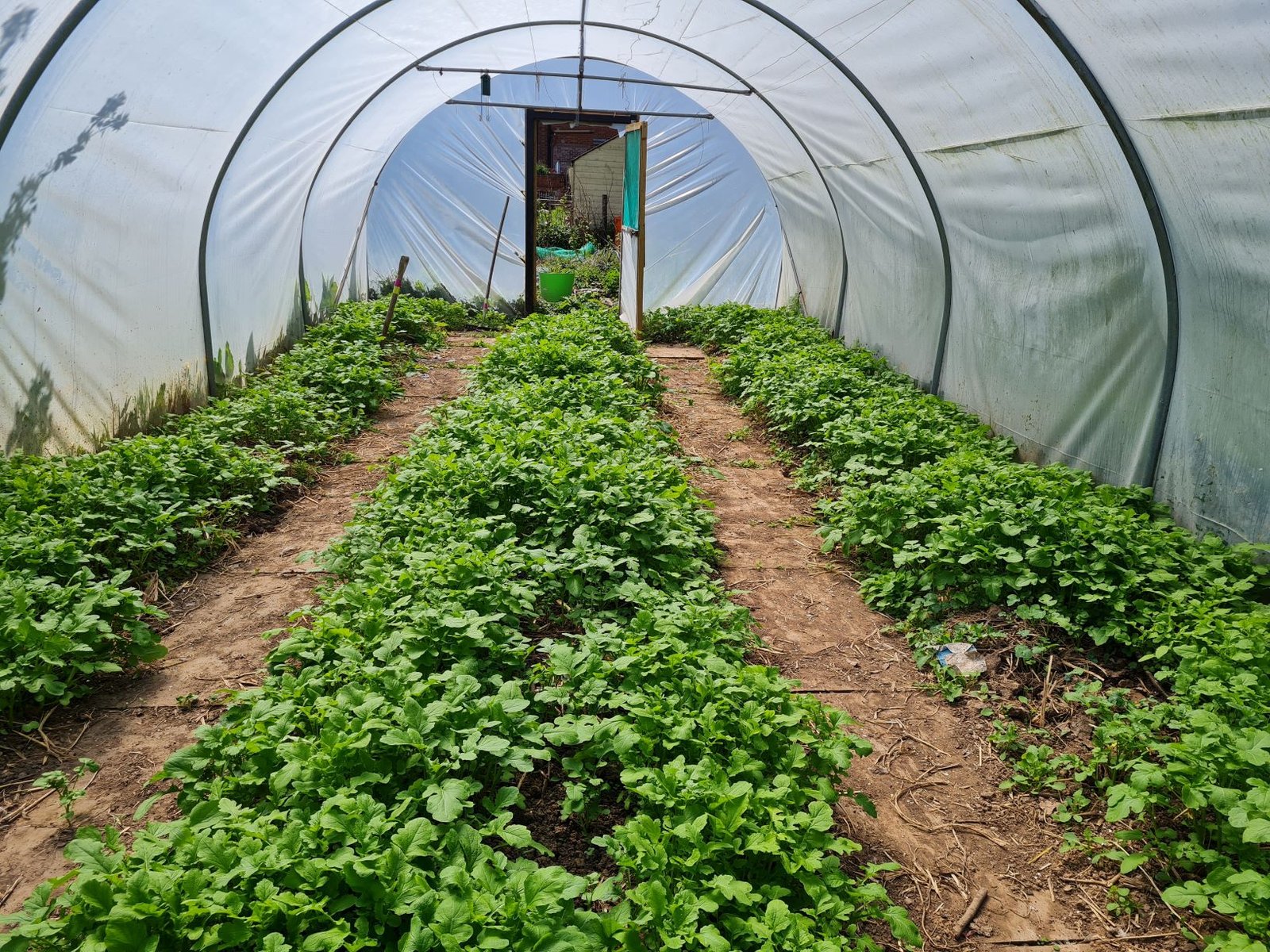Introduction:
Crop rotation has been a cornerstone of sustainable agriculture for centuries, promoting soil health, preventing pest and disease outbreaks, and enhancing overall crop yield. Among the diverse strategies employed in crop rotation, the integration of green leaf manure crops emerges as a vital component. Green leaf manure crops, often legumes, bring a myriad of benefits to the agricultural ecosystem, contributing to soil fertility, nitrogen fixation, and the reduction of environmental impact. This article explores the essential role of green leaf manure crops in crop rotation and their significance in promoting a sustainable and resilient farming system.
Nitrogen Fixation and Soil Fertility:
Green leaf manure crops, particularly leguminous plants like clover, peas, and beans, have the unique ability to fix atmospheric nitrogen with the help of symbiotic bacteria in their root nodules. Nitrogen fixation enriches the soil with readily available nitrogen, a vital nutrient for plant growth. When these crops are incorporated into the rotation cycle, they enhance soil fertility, reducing the need for synthetic nitrogen fertilizers. This not only minimizes production costs for farmers but also mitigates the environmental impact associated with excessive fertilizer use.
Organic Matter Enrichment:
The incorporation of green leaf manure crops adds significant amounts of organic matter to the soil. The decomposition of plant residues enhances soil structure, moisture retention, and nutrient availability. Improved soil structure, in turn, promotes better root development and facilitates the movement of water and nutrients throughout the soil profile. The organic matter provided by green manure crops acts as a reservoir of nutrients, gradually releasing them to the subsequent crops, ensuring sustained and balanced nutrition.
Weed Suppression:
Green leaf manure crops can play a role in suppressing weed growth. Their dense canopy shades the soil, limiting the sunlight available for weed germination and growth. Additionally, the allelopathic compounds released by some green manure crops can inhibit the growth of weeds, acting as a natural weed control mechanism. This helps in reducing the reliance on herbicides and promotes a more ecologically friendly approach to weed management.
Disease and Pest Management:
Crop rotation, including green leaf manure crops, disrupts the life cycles of pests and pathogens, reducing the risk of outbreaks. Leguminous cover crops can also harbor beneficial insects and microorganisms that contribute to natural pest control. This integrated pest management approach minimizes the need for chemical pesticides, fostering a healthier and more balanced agroecosystem.
Climate Resilience:
Green leaf manure crops contribute to climate resilience by improving soil structure and water retention, reducing soil erosion, and promoting biodiversity. These factors collectively enhance the ability of the agricultural system to withstand extreme weather events, such as droughts or heavy rainfall, thereby making the farming system more resilient to the impacts of climate change.
Conclusion:
Incorporating green leaf manure crops into crop rotation is a sustainable agricultural practice that goes beyond immediate yield benefits. It is a holistic approach that nurtures the health of the soil, mitigates environmental impacts, and promotes a resilient farming system. As we face the challenges of a changing climate and a growing global population, the role of green leaf manure crops in crop rotation becomes increasingly crucial in ensuring the long-term sustainability of agriculture. Farmers, researchers, and policymakers alike should continue to emphasize and support the adoption of these practices for a more sustainable and resilient future in agriculture.

